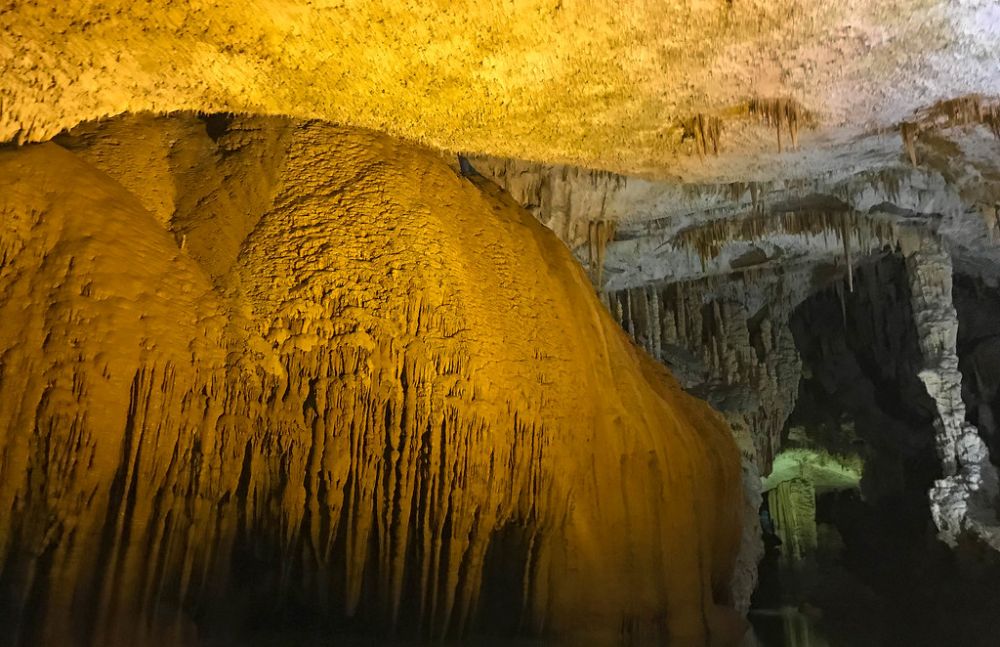

The Jeita Grotto, a system of two separate, but interconnected, karstic limestone caves located in the Nahr al-Kalb valley just 18 kilometers north of Beirut, is one of Lebanon's most impressive natural wonders. Due to the Mediterranean climate in the region, the best time to visit Jeita Grotto is typically in the spring (April to June) and fall (September to November). During these periods, the weather is pleasantly moderate, which makes the experience of exploring the caves more comfortable. Moreover, rainfall is less frequent compared to the winter months, ensuring that the grotto is accessible, since heavy rains can sometimes lead to temporary closures for safety reasons.
Visiting during spring will offer the added advantage of witnessing Lebanon's countryside in full bloom, enhancing the scenic drive to the caves. Meanwhile, autumn provides a slightly cooler but still comfortable climate ideal for exploring the beautiful natural surroundings without the peak summer crowds. It is essential to note that the Jeita Grotto is usually closed on Mondays for maintenance, and the opening hours may vary between seasons. Therefore, it's recommended to check the latest visiting hours and any potential advisories before planning your trip. Avoiding Lebanese national holidays and weekends can also be beneficial, as the grotto tends to draw more local visitors during these times.
| Month | Min Temp | Max Temp |
|---|---|---|
| January | 8 °c | 13 °c |
| February | 8 °c | 14 °c |
| March | 10 °c | 17 °c |
| April | 13 °c | 21 °c |
| May | 16 °c | 25 °c |
| June | 20 °c | 28 °c |
| July | 23 °c | 30 °c |
| August | 23 °c | 30 °c |
| September | 21 °c | 28 °c |
| October | 18 °c | 26 °c |
| November | 14 °c | 20 °c |
| December | 10 °c | 15 °c |